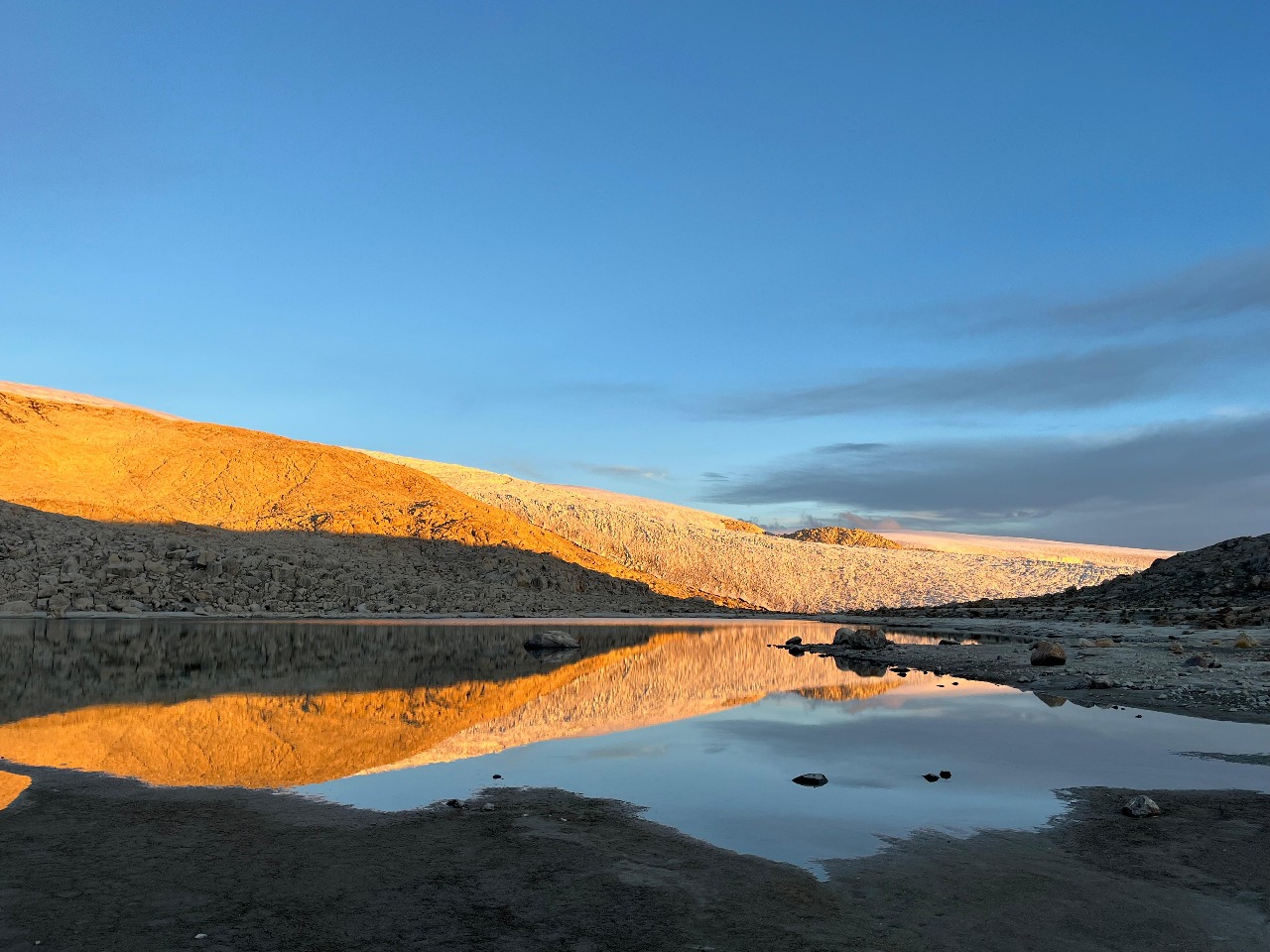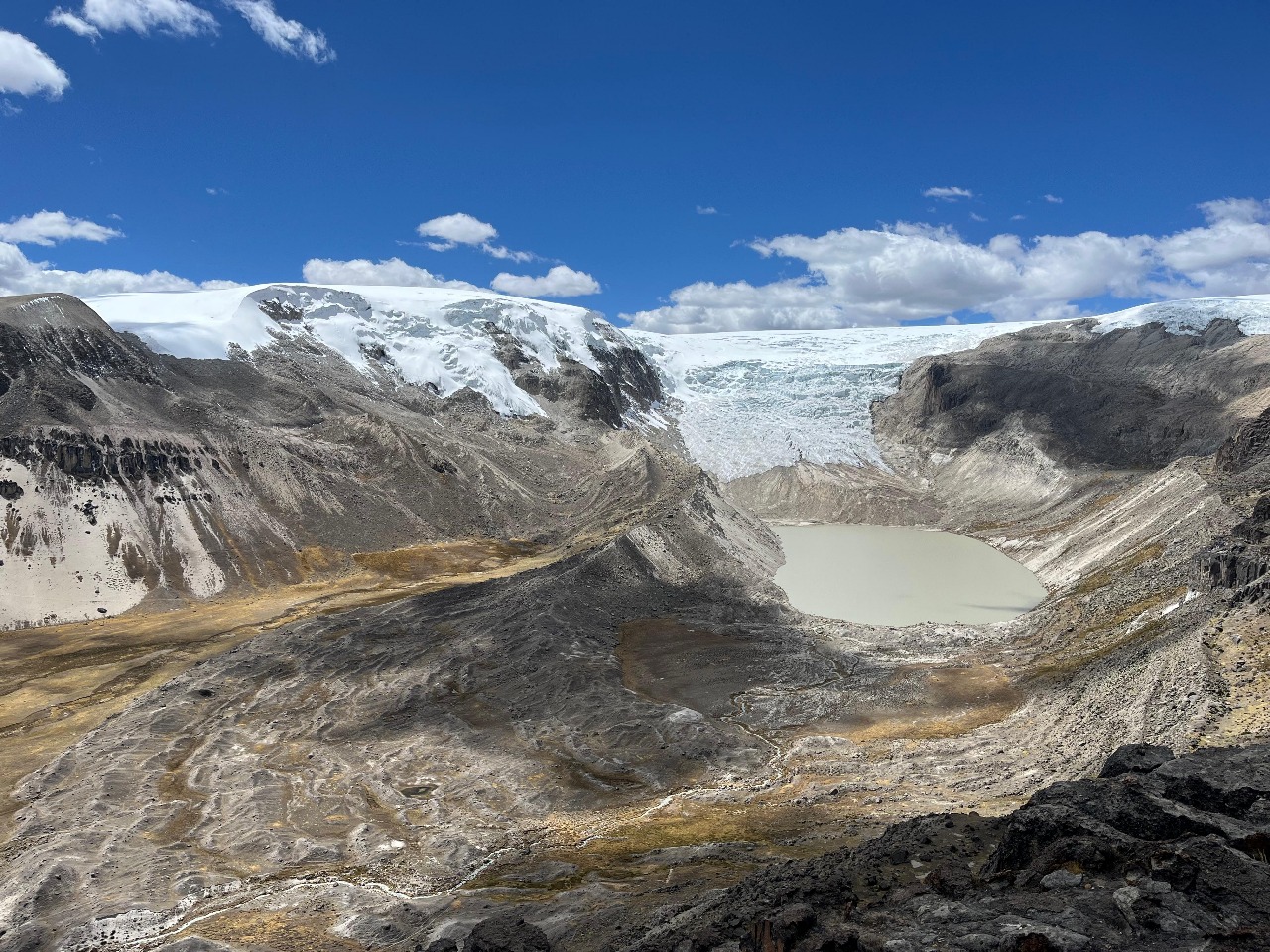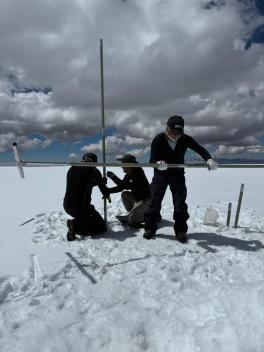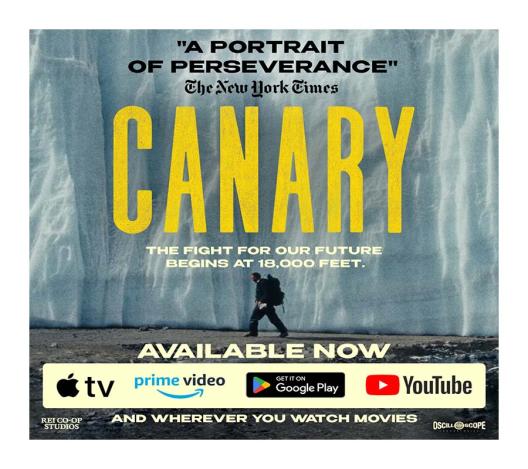From Research to Action — Making the Case for Peru’s Quelccaya National Park

Lonnie Thompson, Senior Research Scientist at the Byrd Polar and Climate Research Center and Distinguished University Professor of Earth Sciences at The Ohio State University, recently spoke with Mongabay Latam reporter Yvette Sierra Praeli about his five decades of research on Peru’s Quelccaya ice cap—the world’s largest tropical glacier—and his call to preserve the region as a national park. High in the Peruvian Andes, the Quelccaya ice cap—about 5,670 meters (18,600 feet) above sea level—is retreating rapidly, and Thompson emphasized both the urgency of its decline and the need to safeguard it for future generations.
Since his first expedition in 1974, Thompson has returned to Quelccaya 27 times, documenting dramatic changes in its ice. Satellite records show that Quelccaya has already lost 42% of its area, and Thompson warns the glacier could disappear by 2060 — far earlier than many scientific projections. “It’s like seeing a friend with cancer and knowing there’s nothing you can do,” he reflected, noting that while the ice itself cannot be saved indefinitely, the ecosystems and water resources it sustains can still be protected.
Thompson is now advocating for Quelccaya to be designated as a national park. He argues that such protection would shield the glacier from proposed lithium and uranium mining projects, which threaten to accelerate melting and compromise water quality. At the same time, a national park could foster sustainable tourism, generating long-term benefits for nearby communities, such as Phinaya, which already rely on the glacier-fed rivers for alpaca herding and agriculture. The glacier’s waters also support the Urubamba River, hydroelectric generation at Machu Picchu, and the city of Cusco, which faces growing dry-season shortages.




This preservation effort is also the subject of Canary, a new documentary that chronicles Thompson’s career and his work in Peru. The film has already been screened for the Phinaya community.

The documentary will premiere in Cusco on October 23, followed by additional showings in Puno, Lima, and Huaraz. Thompson hopes the documentary will inspire public and political support for safeguarding Quelccaya as a national park, ensuring that both its scientific legacy and its cultural importance endure for generations to come.

Together, Senior Research Scientists and Distinguished University Professors, Lonnie Thompson (Earth Sciences) and Ellen Mosley-Thompson (Geography), lead the Byrd Center’s Ice Core Paleoclimatology Group, advancing global understanding of glaciers, climate change, and their impacts on societies worldwide.
This news story draws on an interview conducted by Yvette Sierra Praeli and originally published by Mongabay Latam.
Related in the news:
- Lonnie Thompson: "El nevado Quelccaya y el agua para las comunidades desaparecerán," Interview with Ojo Público, by Bianca Padró Ocasio, 31 Agosto, 2025.
Lonnie Thompson: "El glaciar Quelccaya del Cusco tendría suerte de llegar al 2060," OjoPublico, by Bianca Padró Ocasio, 31 Agosto, 2025.
